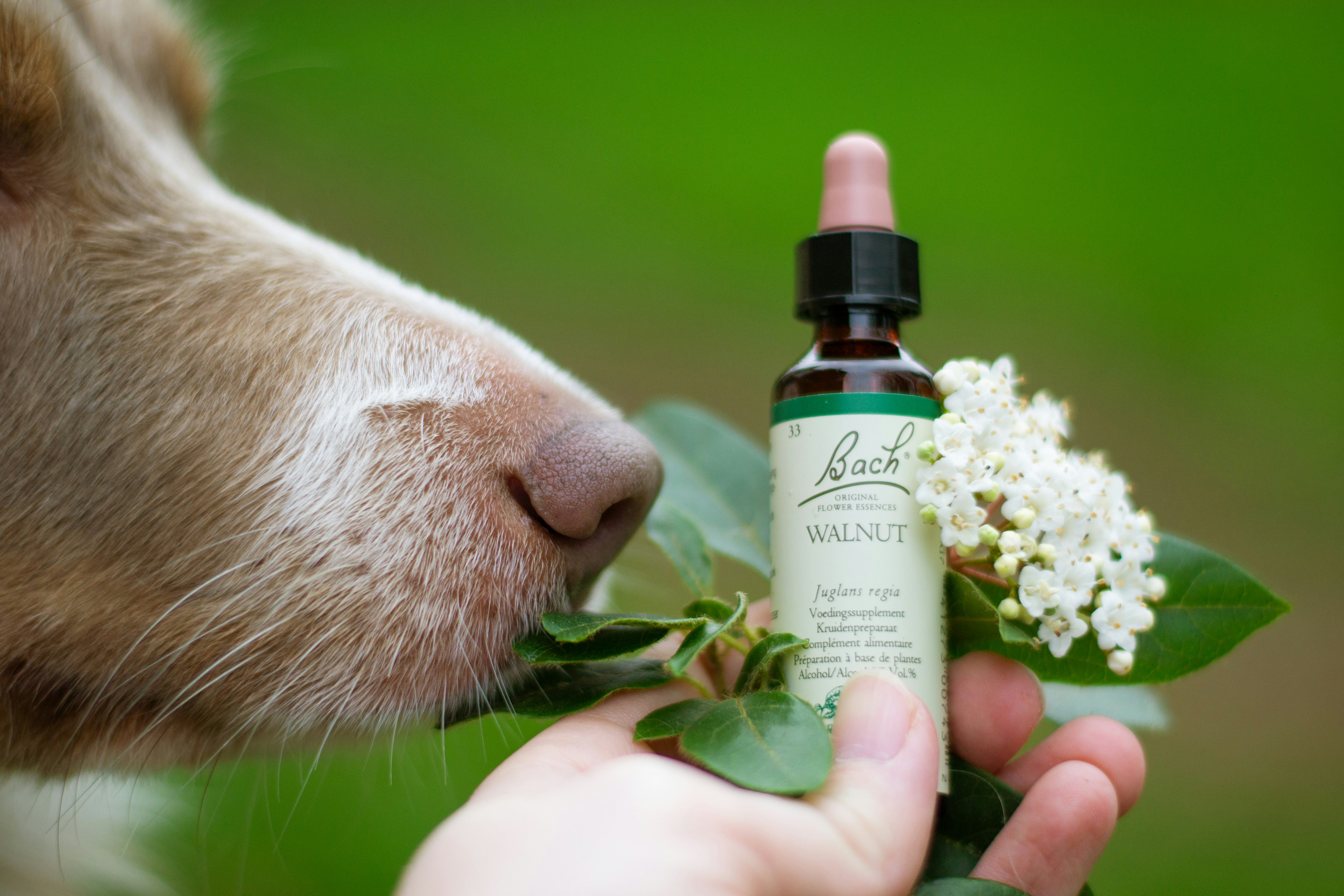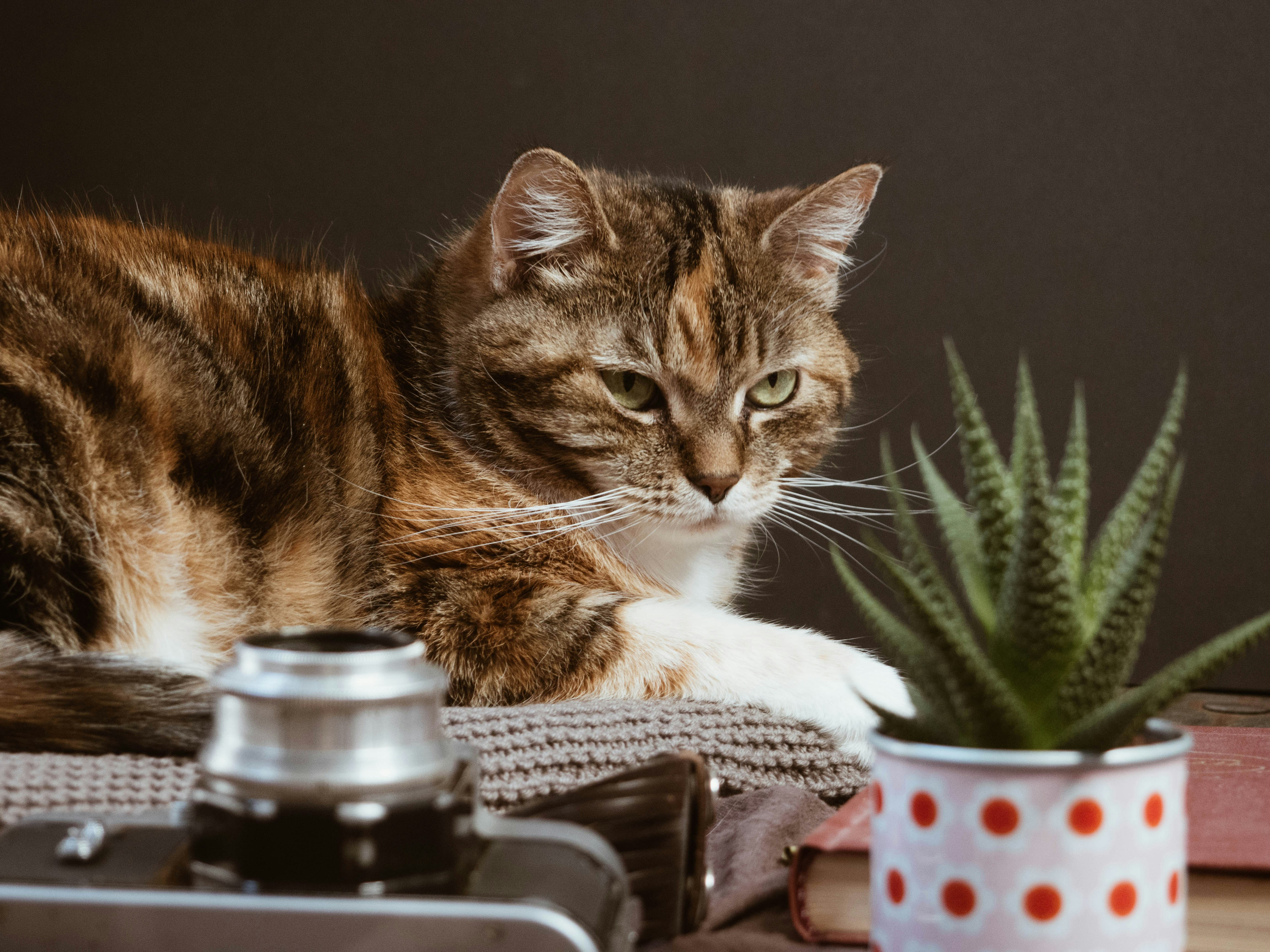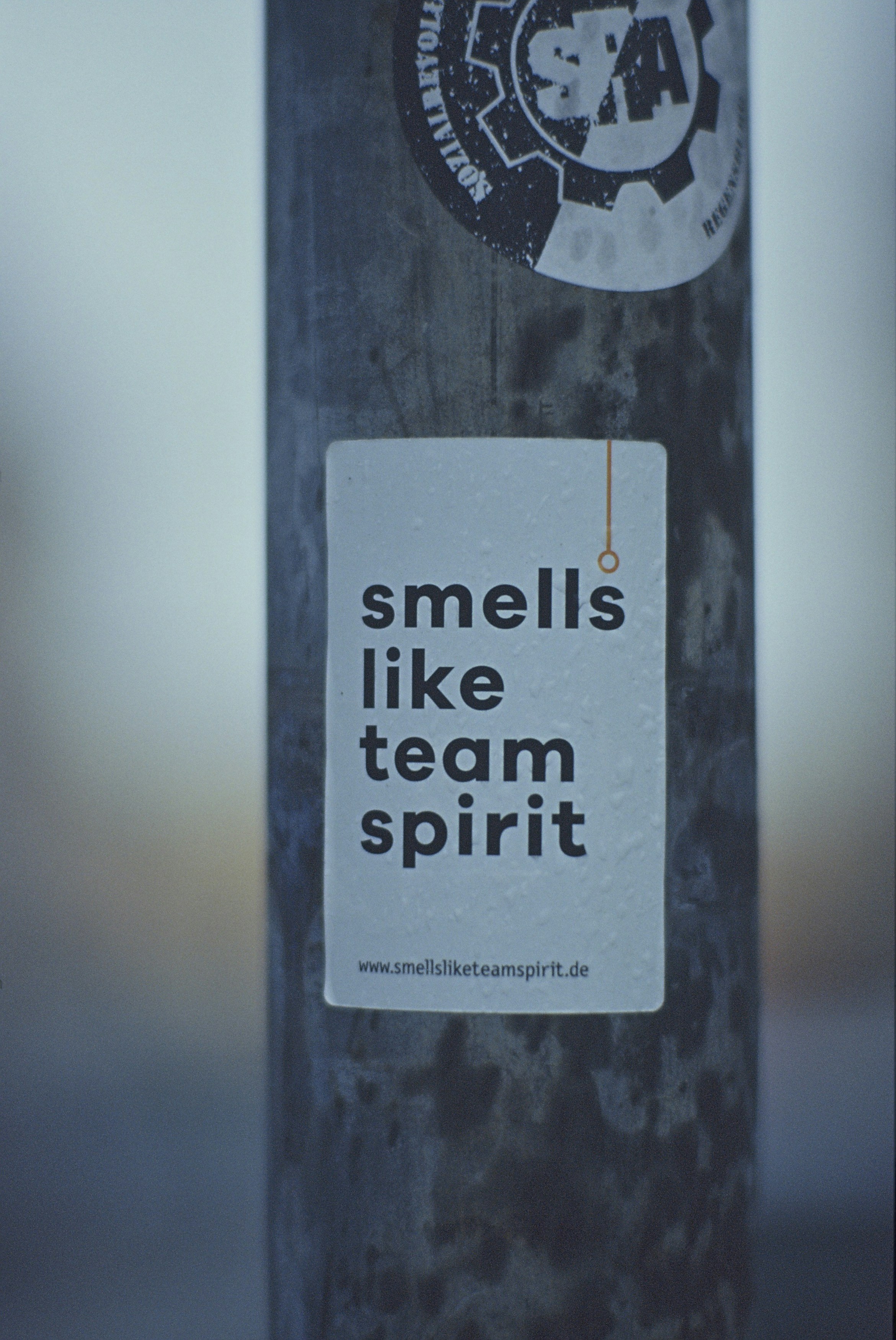The Science of Scent: Enhance Pet Learning with Aromatherapy
Imagine walking into your home and being greeted by your furry companion, their tail wagging excitedly and ears perked up—all thanks to the invisible power of a scent-enhanced environment. The science of scent, particularly through the tool of aromatherapy, is revolutionizing pet training and behavior management. As pet owners, we often seek innovative methods to engage and educate our pets, and using aromatherapy holds immense potential in opening new avenues for connection and understanding. This article will explore how scent can enhance pet learning and behavior, underpinned by research, expert insights, and practical applications.
Understanding the Power of Scent in Pets
Scent plays a critical role in the lives of our pets, especially dogs. Their olfactory senses are far superior to our own, with about 220 million scent receptors compared to our 5 million. This incredible ability enables them to discern a myriad of smells, conveying information about everything from their environment to their emotional states. Utilizing scent strategically can inspire better learning outcomes, behavioral modifications, and even emotional well-being.
Aromatherapy, the use of aromatic plant extracts and essential oils, is a human practice gaining traction in pet care. Just as certain scents can bring relaxation and calm to us, they can have similar effects on our beloved companions. By leveraging aromatherapy in a training context, we can foster a more conducive learning atmosphere, enhancing engagement and compliance.
The Science Behind Aromatherapy and Pets
Aromatherapy relies on the bioactive properties of essential oils derived from plants, each of which possesses unique characteristics. Research into how these scents affect emotional states in pets is still in its burgeoning stages. However, studies have shown promising results. For instance, lavender is often used for its calming effects, while citrus scents can evoke cheerfulness and energy.
Additionally, the connection between scent and memory is well-known, both in human and animal behavior. A particular aroma can evoke memories associated with positive or negative experiences, thus allowing trainers to create an environment where pets can thrive. When engaged with scents they find pleasurable, pets are likely to exhibit better behavior and greater enthusiasm during training sessions.
Selecting the Right Essential Oils for Pets
When venturing into the world of aromatherapy for pets, it’s crucial to choose the right essential oils. Not all oils are safe for animals, and improper use can lead to adverse reactions. The ASPCA offers insights into safe choices, including:
- Lavender: Known for its calming properties, it helps reduce stress and anxiety.
- Chamomile: Another soothing scent that can alleviate restlessness.
- Cedarwood: Used to repel insects while also providing a calming effect.
- Bergamot: Known to uplift the mood, creating a relaxed yet alert environment.
It’s essential to dilute these oils appropriately and avoid direct application to pets. A diffuser or a spray helps create a scented ambiance that can significantly enhance your pet’s training experience. For dosage and specific applications, always consult a veterinarian, ensuring your chosen oils are pet-safe.
Practical Tips for Incorporating Aromatherapy into Training
Integrating aromatherapy into your pet training regimen can seem overwhelming at first. However, with these simple tips, you can seamlessly introduce scents to your training sessions:
-
Begin with a Calm Space: Establish a training environment free of distractions, introducing calming scents that help your pet feel at ease.
-
Scent Association: Use specific scents consistently during positive reinforcement training. For example, using lavender during times of relaxation and play can create a positive scent-memory association that aids learning.
-
Diffusion during Training: Use a diffuser to release the aromatic oils into the air while you train your pet, allowing them to engage with the smell as they learn commands or tasks.
-
Pre- and Post-Training Rituals: Incorporate essential oil-infused treats or scented toys into your pre-training rituals to create excitement and relaxation before sessions.
-
Monitor Pet Reactions: Always pay attention to how your pet reacts. Not every scent will appeal to every animal, and it’s essential to adapt your choices based on their preferences.
Case Studies: Successful Scent-Based Training
Real-world applications yield valuable insights into how aromatherapy can enhance pet training. For instance, a study conducted at the University of Lincoln, UK, found that introducing lavender during various training sessions significantly reduced stress markers in dogs.
Additionally, an anecdotal case from a local pet trainer demonstrated how therapy dogs responded positively to scent-based stimulant enrichment during lessons. When engaged with calming scents, the dogs displayed a greater understanding of commands, which led to faster engagement and responsiveness.
Enhancing Emotional Well-Being through Aromatherapy
The positive effects of aromatherapy extend beyond training. If your pet is struggling with anxiety due to travel, loud noises, or changes in routine, scent can help create a calming environment. Adapting these principles into your daily routine fosters a sense of security and comfort for your furry friend. Consider creating a dedicated space in your home where calming scents are consistently available, allowing your pet to retreat to it during stressful times.
Moreover, combining aromatherapy with other mindful practices, such as meditation or gentle play, can enhance the emotional bond between pet and owner. Engaging in such activities while utilizing specific essential oils can elevate your shared experiences, paving the way for more effective training sessions.
Safety Considerations and Precautions
As aromatic use expands in pet care, maintaining safety is fundamental. Essential oils must be used mindfully and safely. Some points to keep in mind include:
-
Avoid Cats: Cats metabolize scents differently, making them more sensitive to certain essential oils. Consult with a vet before any use with felines.
-
Monitor for Reactions: Always observe your pet for any irritation or adverse reactions to new scents, especially in the initial stages of introducing aromatherapy.
-
Consult Veterinary Professionals: For concerns about specific oils or behaviors, reach out to your veterinarian. They can provide guidance tailored to your pet’s health conditions and needs.
Enhancing Training with Other Sensory Experiences
Aromatherapy can be particularly effective when combined with various other sensory inputs. Engaging your pet’s other senses through sound, texture, and visual stimuli can heighten their overall experience. For example, using nature sounds can create a holistic atmosphere conducive to learning while simultaneously helping your pet develop emotional resilience.
Engaging in tactile training can also enrich their sensory experience. Consider interactive training methods that use various textures or scents to enhance lessons—like utilizing safe, edible scented materials as rewards during training.
Creative Integration: The Future of Pet Learning
The intersection of science, creativity, and holistic approaches like aromatherapy opens doors to innovative practices in the pet care industry. Workshops and training sessions centered around scent and its applications are popping up, fostering a community of pet owners eager to deepen their understanding and bond with their pets.
Imagine enlisting the help of pet influencers to explore novel ideas and share fragrances that have helped pets thrive. This initiative could spawn new training programs and avenues for pet lovers across the globe to connect over their mutual passion.
If your interest lies in the blend of technology with aromatherapy, consider exploring the realm of virtual reality for training methods that cater to various sensory experiences, combining the best of traditional and modern techniques.
Next Steps: Embracing a New Approach to Pet Care
Engaging with aromatherapy in pet training offers a fresh, sensory-focused perspective that could reshape how we connect with our pets—whether calming anxious behaviors, enhancing learning outcomes, or fostering emotional well-being. To embark on this aromatic journey, gather essential supplies, research your chosen oils, and create a safe, inviting training space.
Join pet owner communities, and attend workshops discussing innovative practices to share your experiences, ideas, and learn from others. As we continue to unravel the profound impact scent has on our pet's learning and well-being, a fulfilling journey of exploration awaits you and your furry friends.
In upcoming articles, we will explore various techniques to augment your pet’s training, from engaging in rhythmic training to unlocking communication through non-verbal evidence. Get ready to deepen your connection and understanding of your beloved companion!













